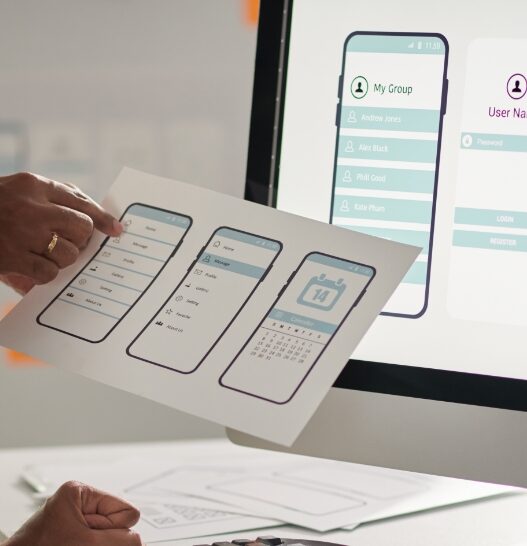Successful software solutions manage to solve a user’s problem or meet a need. For this to work, however, there must be a good understanding of the framework in which the later user operates. The wishes and needs of the user must be understood and incorporated into the later software solution. If, in addition, an interface is designed that enables the user to achieve his goals quickly and easily, then we are talking about good usability.
Today, there are hardly any software companies that have not discovered the topic of usability for themselves. Every website advertises that products are intuitive and easy to use. The client and the user are the focus of interest. That is good!
But unfortunately, developers and designers of a software are seldom the actual target group and have detailed knowledge that later users lack. Thus, despite best intentions, some usability problems show up, which are repeated in many software products. In the following, I would like to introduce you to 3 common usability problems using everyday examples and show you possible solutions for each of these problems.
Problem 1: The technical language
Imagine your family has grown and you want to buy a new car. You want to be able to fit your new stroller in the trunk in a relaxed manner. When you arrive at the car showroom and tell the salesperson this, the salesperson asks you, “How many liters of trunk volume do you need?” Then he hands you a checklist where you can select vehicles according to different trunk volumes.
That’s exactly how your users feel when you use technical language in your software. Yes, your users want to work with a program and have a very clear idea of what they want to achieve. But they don’t want to put up with long training periods and a thick manual. And they don’t necessarily know the terms you use in development.
Solution: Talk to your users. Find out what the relevant terms are in their language and use only those terms within your software. And don’t worry: even experts will understand these terms.
Problem 2: Content expert not equal to usage expert
Imagine you are a passionate runner and successfully participate in the Frankfurt Marathon every year. This year you want to run in a marathon in Berlin for the first time. When you get to the start, you see that the course is not marked out and therefore you don’t know where to run. When you ask, the organizer tells you, “I thought you were an expert and didn’t need this!”
A user may be an absolute expert at a particular task, but be using your software for the first time. Just because you’re developing software for experts doesn’t mean you shouldn’t support content experts with a good user experience. This is precisely where you can make a lot of pluses with a good interface design and increase your clients’ operational efficiency.
Solution: Observe your future users as they work. Find out which processes are frequently repeated and where users might do things that are unexpected for you and take detours. Talk to your users and identify the most important and frequent tasks. And then: optimize the interface to best support those tasks with your software.
Problem 3: Featurits
Imagine that your old stove broke down and you spontaneously bought a new stove that was advertised in a promotional brochure. The stove convinced you with its low price and 14 different baking functions and operating modes. When you set up the stove, you are almost overwhelmed by the amount of buttons and displays and decide to just keep using convection and top/bottom heat. Only finding the functions is now a bit more complicated than before.
This or something similar is how many software products present themselves today: They contain a multitude of functions and can perform a wide variety of tasks. Often “historically grown”, the complexity of the software presents every new user with a huge task. The amount of functions becomes unmanageable, but it is often difficult to do without them, since time and money have been invested in each function.
Solution: Limit yourself to essential functions. Support certain tasks, but then support them in the best possible way. And offer additional functions, for example via add-on modules. As an “eierlegende Wollmilchsau” your software will always be worse than the software of a company which owns a stable for a chicken, a sheep, a cow and a pig.
Conclusion
Good usability comes from a deep understanding of your client and your users. Engage in direct dialogue, involve your users in development, and get feedback. The earlier you get in touch, the lower the cost of making changes. No developer, no matter how good, can replace contact with users and clients.
Image source: Rainer Sturm / pixelio.de



